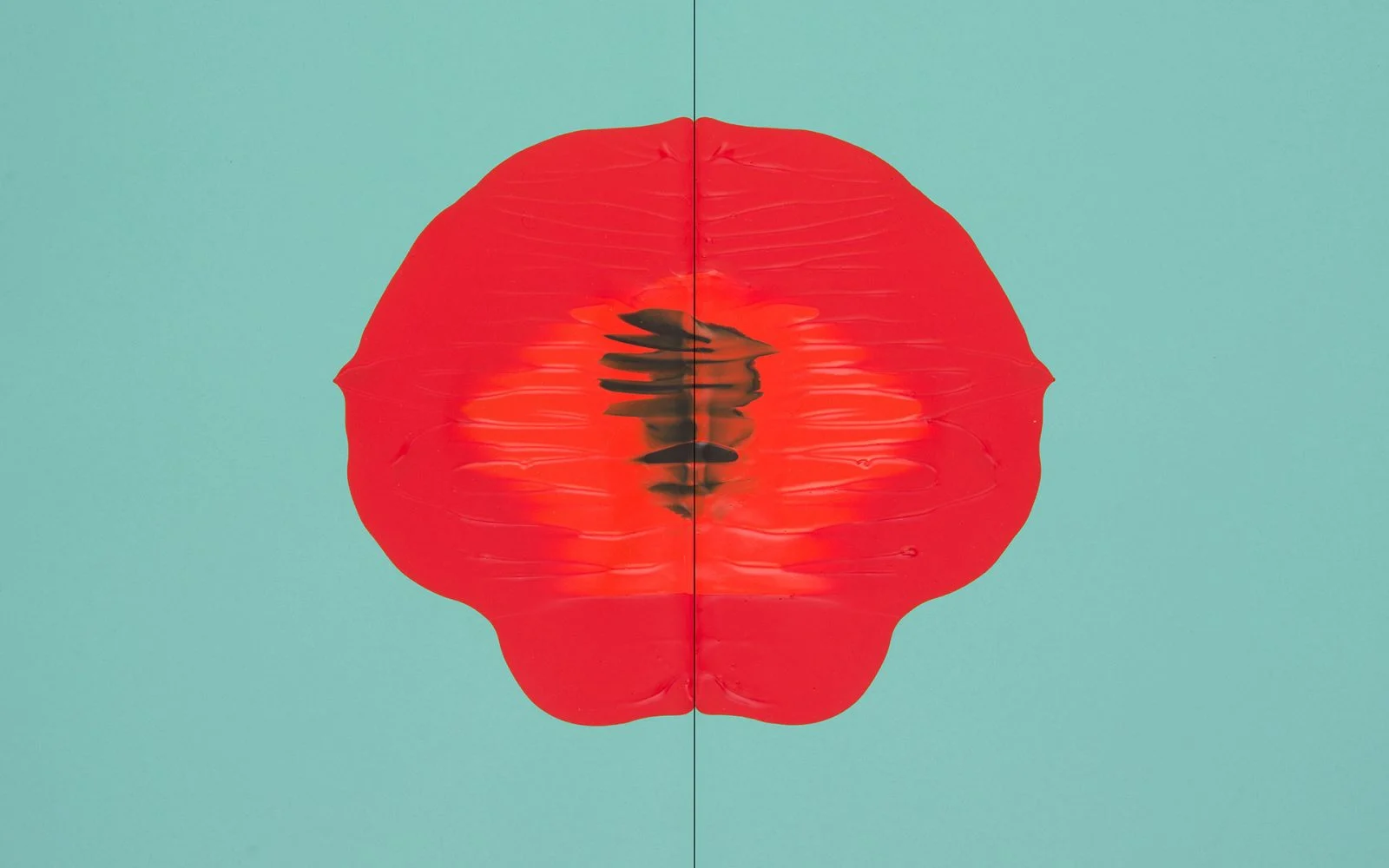

In 1921, a young Swiss psychiatrist created a seemingly simple test which continues to capture our cultural imagination. Hermann Rorschach’s ten carefully-painted inkblots are still to this day used as a way of getting an insight into patients’ psyches.
The Rorschach Test is incredibly effective, but there is a catch that explains much of the controversy which surrounds it. Nobody, including its creator, could explain why it worked.
As Vice’s Joseph Bien-Kahn wrote recently, “Freud had his id, ego, and superego; Carl Jung had his collective unconscious; Rorschach, a younger contemporary of the two, had ten ambiguous paintings—the images were actually painted, not spilled—that consistently uncovered hidden parts of the patient’s mind.”

All of which adds to the mystique of the test. And the term itself has become a metaphor for a person, object or phenomenon that invites different interpretations that in turn are thought to reveal something about the viewer.
Rorschach was, as Bien-Kahn points out, a visual person and his test is unusual in that it uses visual rather than spoken or written cues. That helps explain why creatives of every stripe, from Andy Warhol to Jay-Z, have embraced the deliberate ambiguities of Rorschach’s ideas.

Another artist who has reimagined and reinterpreted the test is Sarah Illenberger, a 3D illustrator based in Berlin. She created a series of prints called Freud’s flowers, using water-resistant driving license paper and acrylic paint to create a images of flowers including a poppy, an anemone and a forget-me-not.
In true Rorschach style, Sarah gives very little context, or guidance about the project on her website.
“I always let my work speak for itself,” she says. “I like it when people associate their own experiences with my images. Recently, a colleague asked me to use them for a book she is putting together describing her mother’s schizophrenia. I was happy to help her process such a sensitive subject."

As with many artistic endeavours, the underlying idea is something Sarah has had in the back of her mind for some time.
“My uncle is a professor of psychiatry in Austria, and when I was around 10 I visited him in his clinic where he playfully had me participate in the Rorschach Test. Generally I am always looking for parallels between different themes.”
Sarah’s work very often takes everyday objects and finds a different way of presenting them. There is a lot of humor in her creations alongside her obvious technical skill. She embraces happenstance as part of her process and admits that only about one in four of the Freud’s Flowers images turned out how she expected.
I like the moment of chance in image-making, when the outcome can’t be controlled completely.
“I like the moment of chance in image-making, when the outcome can’t be controlled completely,” she explains. “I once produced a series using kitchen appliances – pouring paint in a mixer and opening the lid while it is in full motion can result in very interesting effects.”
This openness to uncertainty again mirrors the conceptual side of this project. It’s easy to get lost in the images and start to test your own mind using these beautiful, bewitching visuals. Sigmund Freud, another man fascinated by the inner workings of the mind, once said that, “Flowers are restful to look at. They have neither emotions nor conflicts.” He had clearly never lost himself in the work Sarah Illenberger named after him.


